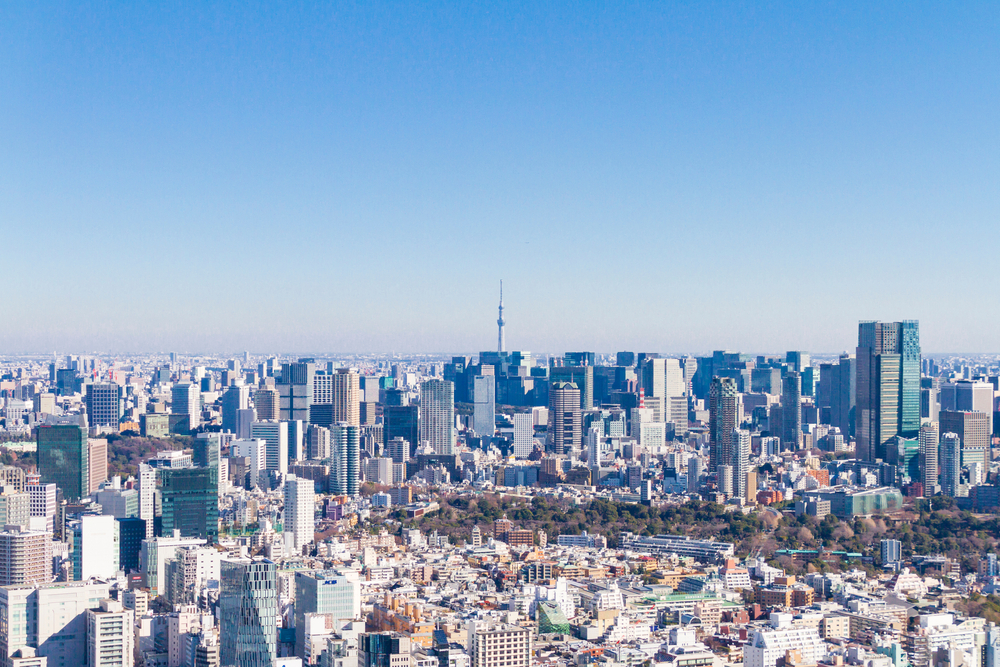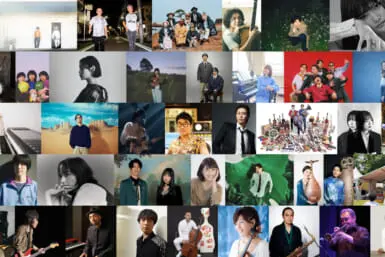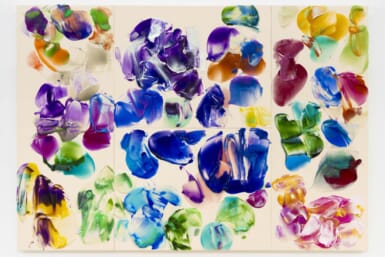Tokyo is the largest city in the world; a fact we hear often. So, with its 23 special wards, 26 cities, five towns and eight villages, you’re bound to find a treasure trove of unique neighborhood culture. All the wards have a flag and some have their own designated tree, flower and bird (if you must know, Setagaya’s is a magpie).
We won’t bore you with the reason the special wards were titled so (hint: it has to do with tax). But their idiosyncrasies are important when looking for somewhere to live, or for a new hang-out spot. Unfortunately, some wards didn’t make the cut (sorry: Kita, Itabashi, Nerima, Ota, Toshima, Suginami, Meguro and Shinagawa). We didn’t want to keep you here all day.
Without further ado, here are Tokyo’s best 14 wards in no particular order — though we did number this list for easy skimming.
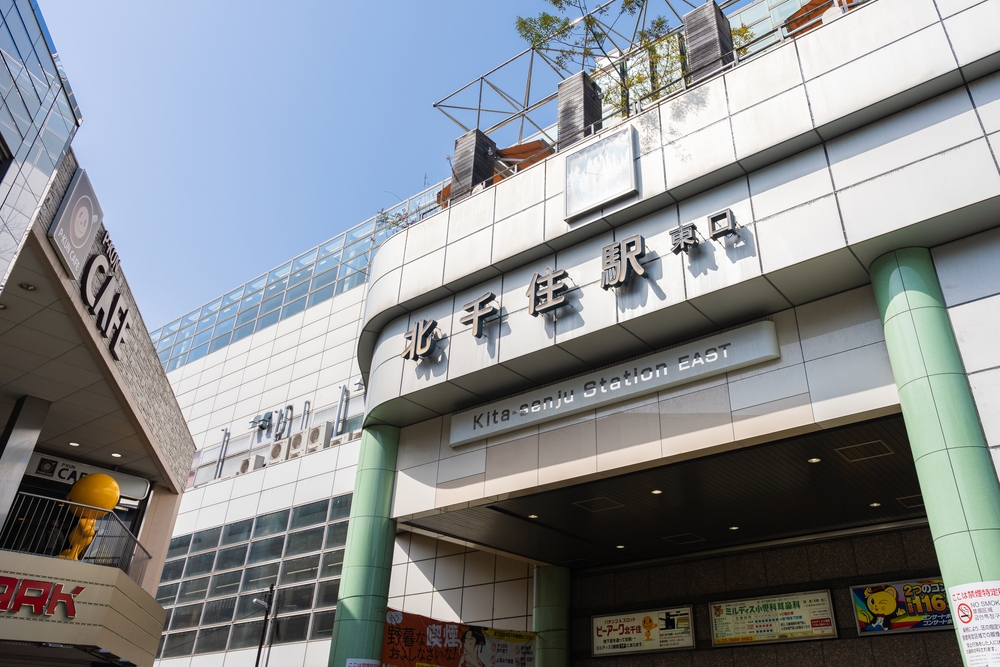
1. Adachi
Adachi shares many similarities with its Saitama neighbor — mainly, a slow-paced vibe and cheap rent. Its most famous station is Kita-Senju and here you’ll discover retro shotengai, shrines, temples and parks. Adachi comes alive in summer for the Adachi Fireworks Festival that is held along the banks of the Arakawa River. Notable sights include Toneri Park and a child-friendly petting zoo called Adachi Park of Living Things.
What to see:
- Nishiarai Daishi, one of the great three temples of Kanto
- Adachi Fireworks Festival
- Kita-Senju
- Adachi Park of Living Things
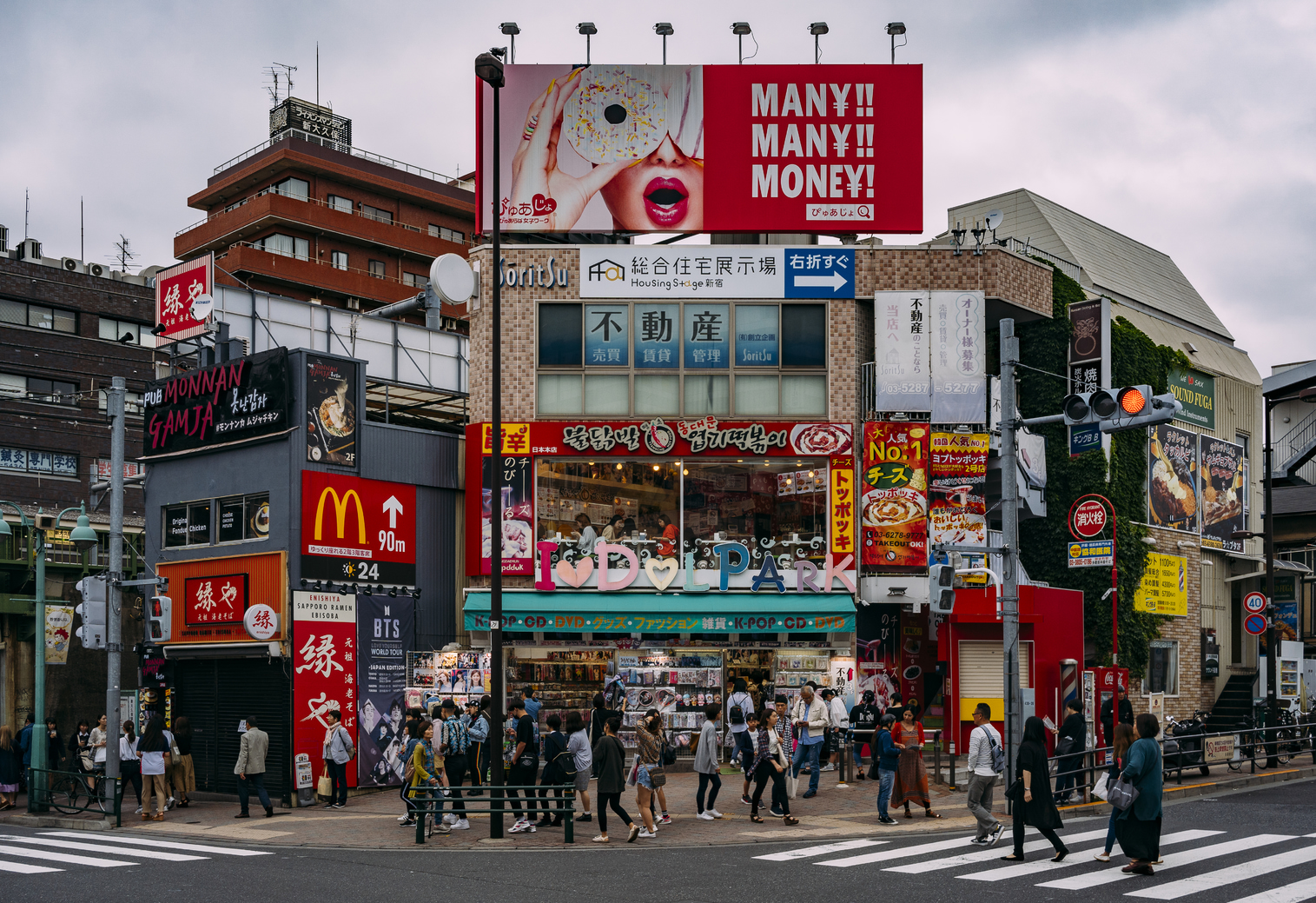
Photo by Stephan Jarvis
2. Arakawa
Interestingly, Arakawa’s namesake, Arakawa River, doesn’t even touch the ward; it is actually the Sumida River that runs through Arakawa. Before Shin-Okubo, there was Mikawashima: an old-fashioned Koreatown that replaces K-pop idols with home-cooked Korean dishes. Nippori is a key station for those needing access to Narita Airport and it even has a fabric town if you want to do some knitting before the flight.
What to see:
- Arakawa Natural Park
- Mikawashima Koreatown
- Nippori Fabric Town
- Sumida River
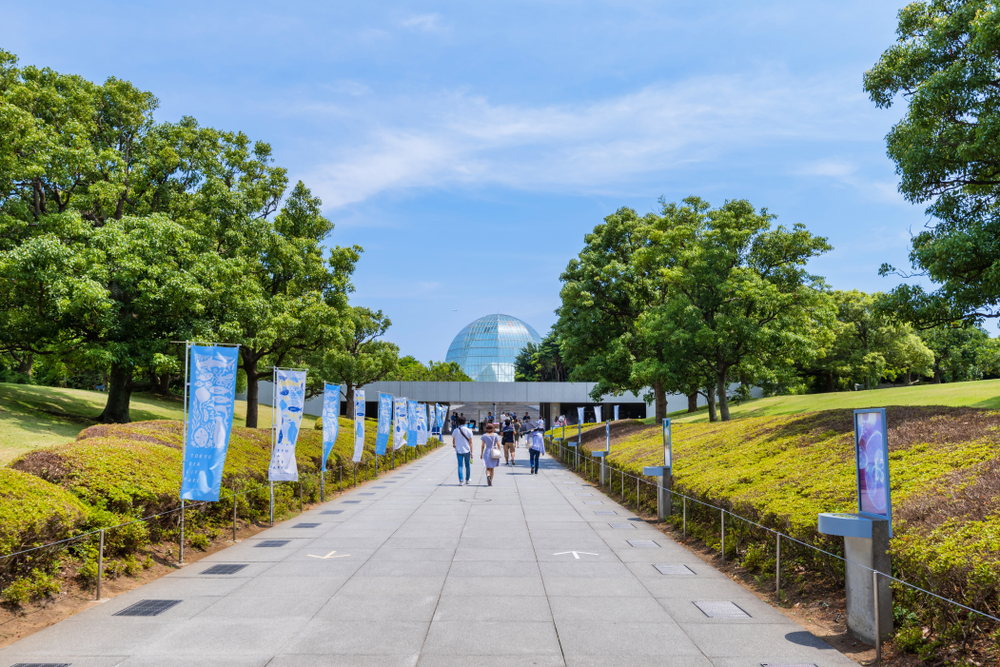
3. Edogawa
In Tokyo’s east, not far from Chiba Prefecture and Tokyo Disney Resort, is Edogawa. Its lack of high-rises and plethora of wide, open green spaces, is what makes Edogawa a great destination for the family. Plenty of zoos, aquariums, parks, museums and festivals, such as the Goldfish Festival, are sure to enthrall any child. The Kasai Bayside area includes many of these activities, plus a good helping of delicious Indian food.
What to see:
- Edogawa Natural Zoo
- Edogawa Sea Life Park
- Edo River
- Tokyo Metro Museum

4. Katsushika
Katsushika is the home of many beautiful flower species and the gardens that house them. Situated above Edogawa, it holds a similar landscape and atmosphere. Its winding waterways are created from three main rivers: the Edo, Naka and Arakawa. It is a town that embraces the old school (especially in the Shibamata area) with its many shrines, temples and kissaten. It is also the setting of one of the best-selling manga series in Japan: KochiKame: Tokyo Beat Cops.
What to see:
- Mizumoto Park
- Shibamata area
- Katsushika City Museum
- Shibamata Taishakuten Temple
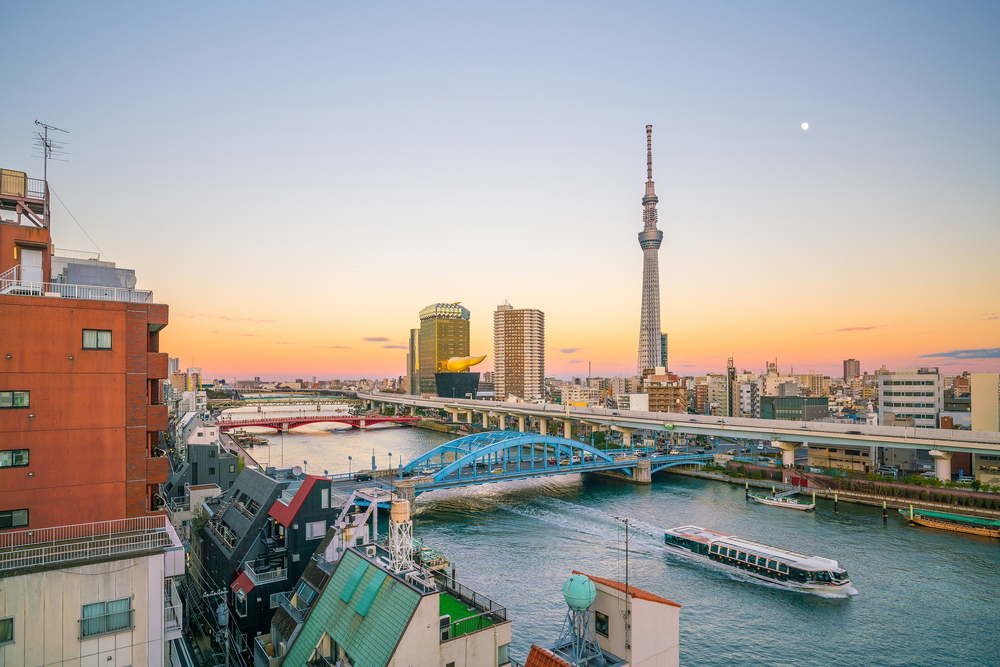
5. Sumida
Residents and tourists alike will inevitably make their way to Sumida in order to see Tokyo Skytree. This majestic neighborhood pinnacle is almost overshadowed by its shining rival: the Golden Poo (Kin no Unko) that lies atop Asahi Beer Hall. However, there aren’t just buildings to see. The Ryogoku area is known for its large—forgive the pun—sumo population and contains Ryogoku Kokugikan, the National Sumo Stadium.
What to see:
- Tokyo Skytree
- The Golden Poo
- Ryogoku Kokugikan
- Edo-Tokyo Museum
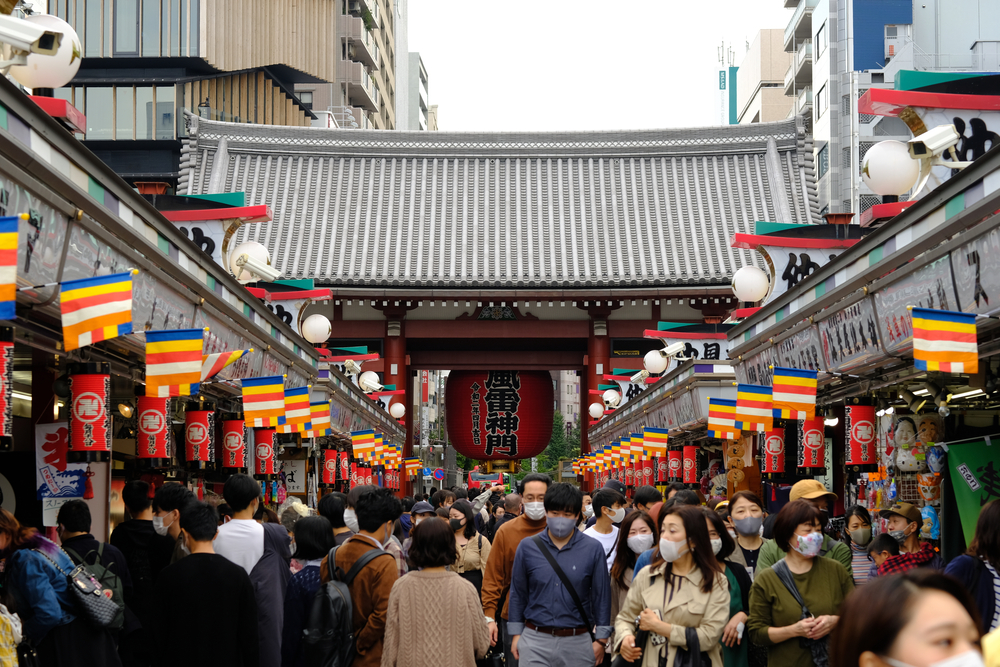
6. Taito
A boat ride across from Sumida is Tokyo’s cultural hotspot, Taito. Here, Asakusa and Ueno take the spotlight with Sensoji, Tokyo’s oldest temple. Then there’s Ueno Park and its many museums, plus a few quirky annual festivals. For lunch, taste Asakusa-style monjayaki and take your pick of the many sweet stands for dessert. That’s a lot to fit into the smallest ward in Tokyo.
What to see:
- Ueno Park and Zoo
- Sensoji
- Tokyo Metropolitan Art Museum
- Tokyo National Museum
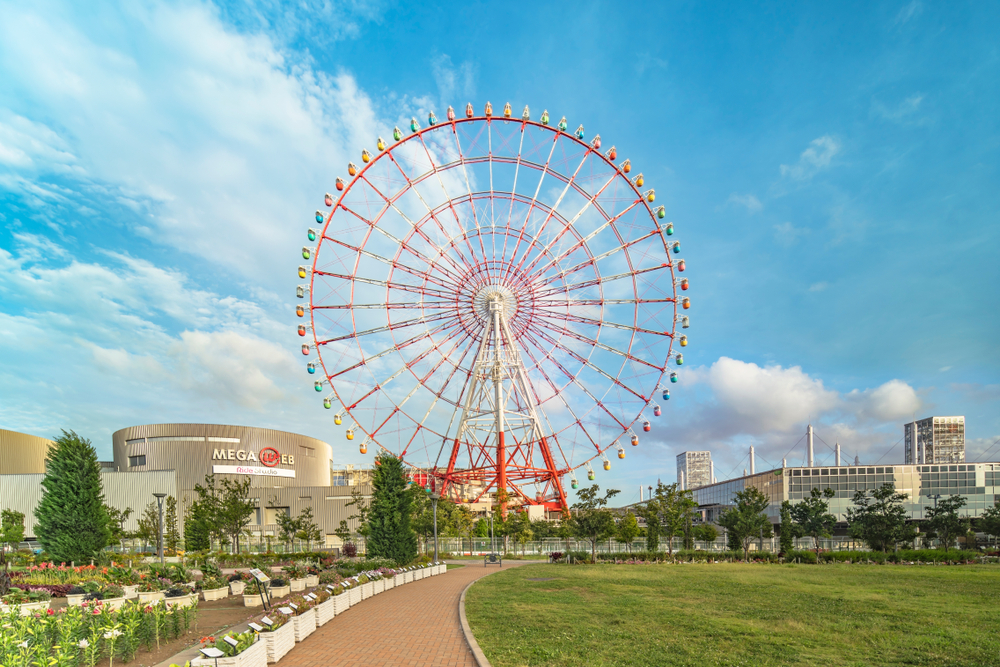
7. Koto
Koto has sweeping views of the city skyline, which can be seen from parts of Odaiba and Tokyo Bay. It’s not only an entertainment district — DiverCity Tokyo Plaza and Daikanransha (Giant Sky Wheel) are common date spots — but it’s also known for food, as in Toyosu Fish Market. On top of all that, you’ll find sports at Ariake Tennis Forest Park and art, found in TeamLab Planets.
What to see:
- Toyosu Fish Market
- Tokyo Big Sight Exhibition Center
- TeamLab Planets
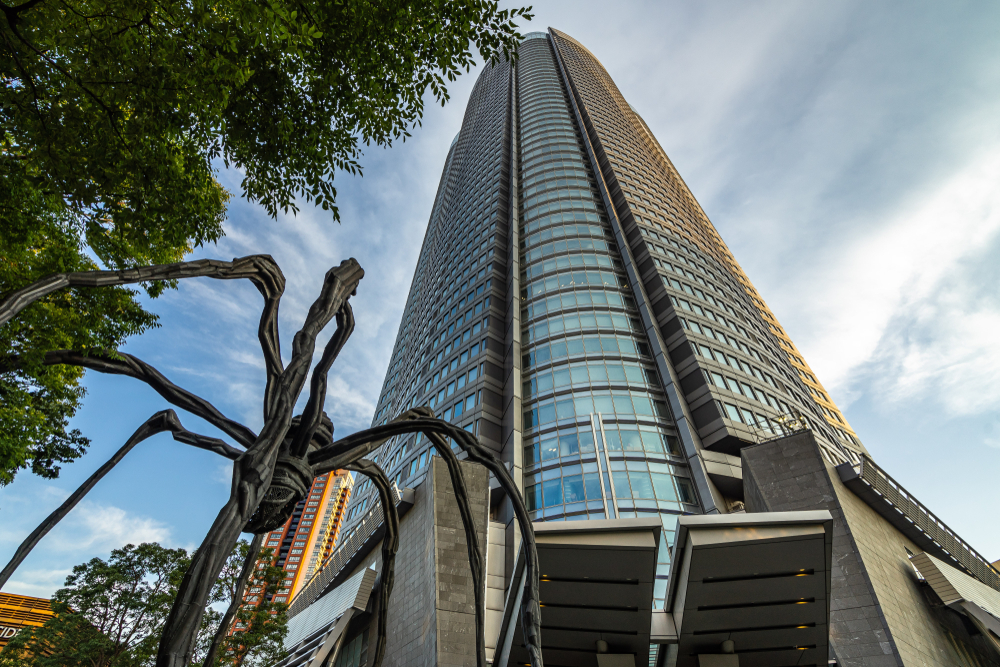
8. Minato
Minato also shares a significant part of Odaiba with Koto. Hoards come to Odaiba Beach at dusk to cuddle up and take in the spectacular views of Rainbow Bridge as the sun descends. Not far from this scene is Roppongi Hills, an area celebrated for its creativity and forward-thinking international startups. And if that’s not all, Minato also contains the most famous tower in Tokyo.
What to see:
- Roppongi Hills
- Tokyo Tower
- Odaiba Marine Park and Beach
- The National Art Center
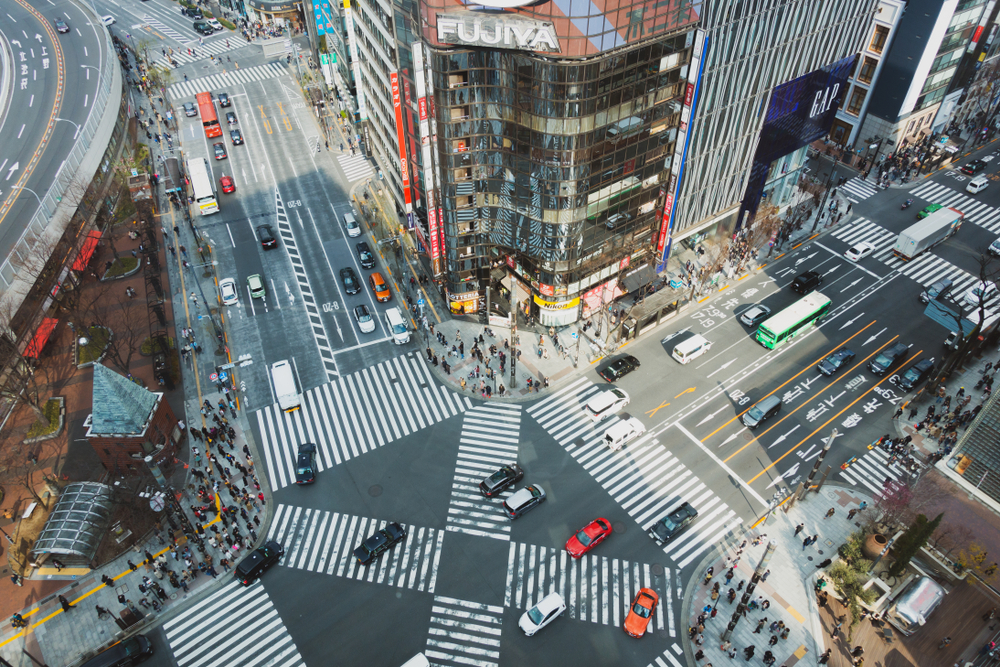
8. Chuo
Chuo is the place to get your hands on luxury goods and close lucrative deals. The most popular area is Ginza, where bags are filled to the brim with designer clothes. You can also try some wonderful lunch deals at high-class restaurants. Alongside the eateries and department stores is Kabukiza Theatre, the home of kabuki. If you go even further down the road, you’ll find the remnants of Tsukiji Fish Market, which was closed in 2018 but is still the place to find freshly made sushi. On the edge of Chuo is Hamarikyu Gardens, a delightful spot with abundant flower varieties and teahouses.
What to see:
- Ginza Six
- Nihonbashi Bridge
- Hamarikyu Gardens
- Kabuzika Theatre
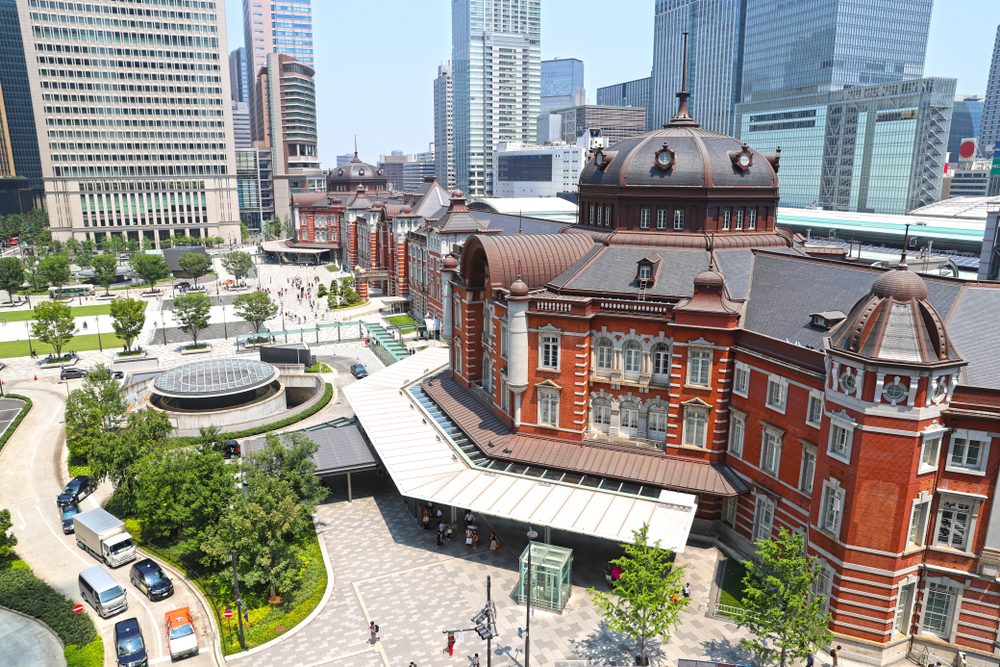
9. Chiyoda
Next on our list is Chiyoda, the least-inhabited ward with only around 66,500 people. As a hub of business, politics and untainted beauty, it simply doesn’t have enough space for high-rise apartments. The Imperial Palace takes up a lot of room. Despite this, thousands of out-of-towners flock to Tokyo Station for cherry blossom season to see a river of pink at Chidorigafuchi Park. But if you aren’t the outdoorsy type, you can always head to Electric Town, otherwise known as Akihabara, for some indoor entertainment.
What to see:
- The Imperial Palace
- Hibiya Park
- National Diet Building
- Tokyo Station
- Akihabara
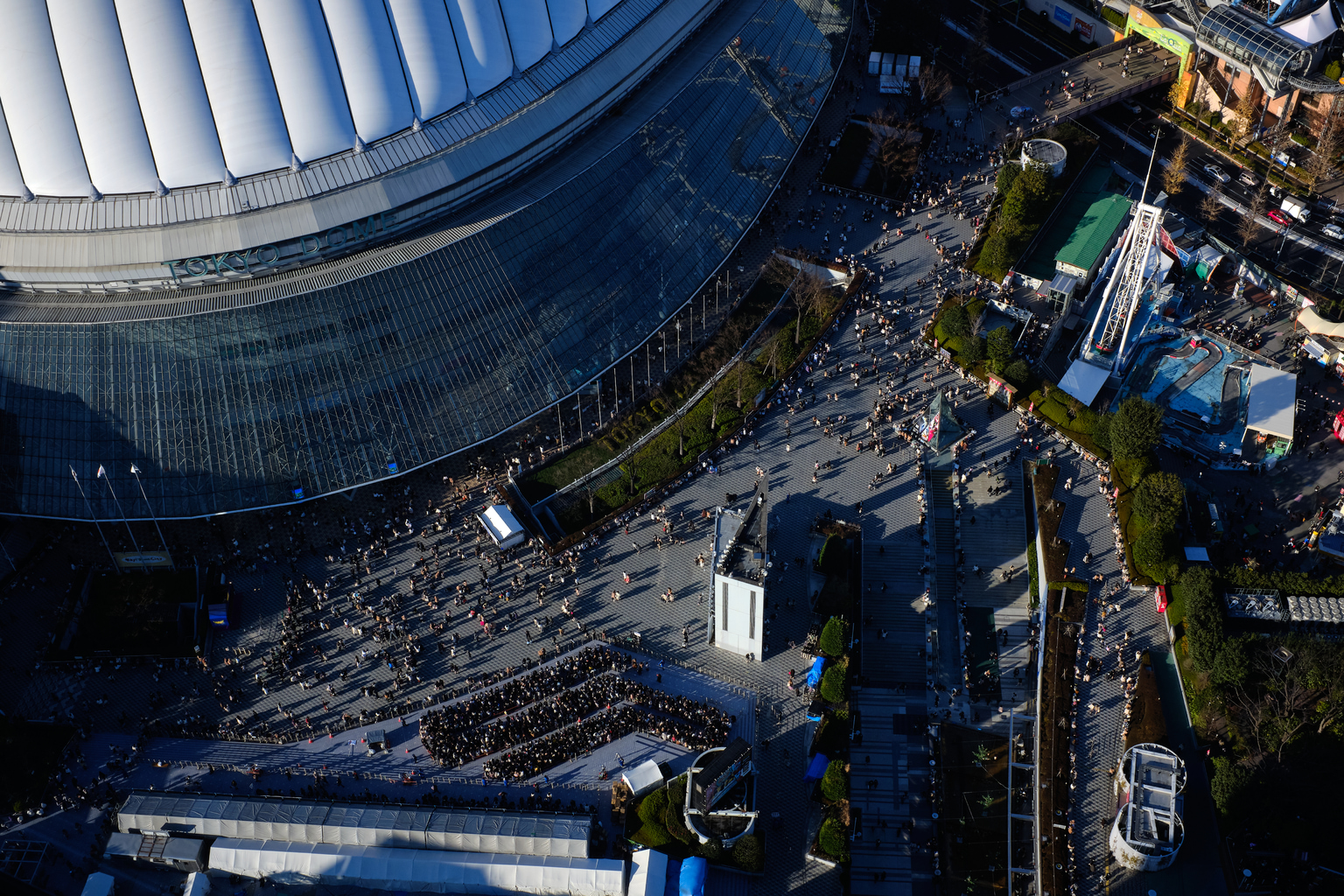
Photo by Stephan Jarvis
10. Bunkyo
There are a wide variety of people who visit Bunkyo. Chief among them are the thrill-seekers and academics. For the former, it’s all about Tokyo Dome City where rollercoasters and baseball games make their mark. As for the latter, it’s to attend one of the many prestigious universities, such as the University of Tokyo, and to saunter around Koishikawa Botanical Garden, one of Japan’s oldest botanical gardens.
What to see:
- Tokyo Dome City
- Koishikawa Botanical Garden
- University of Tokyo
- Kodokan, worldwide judo headquarters
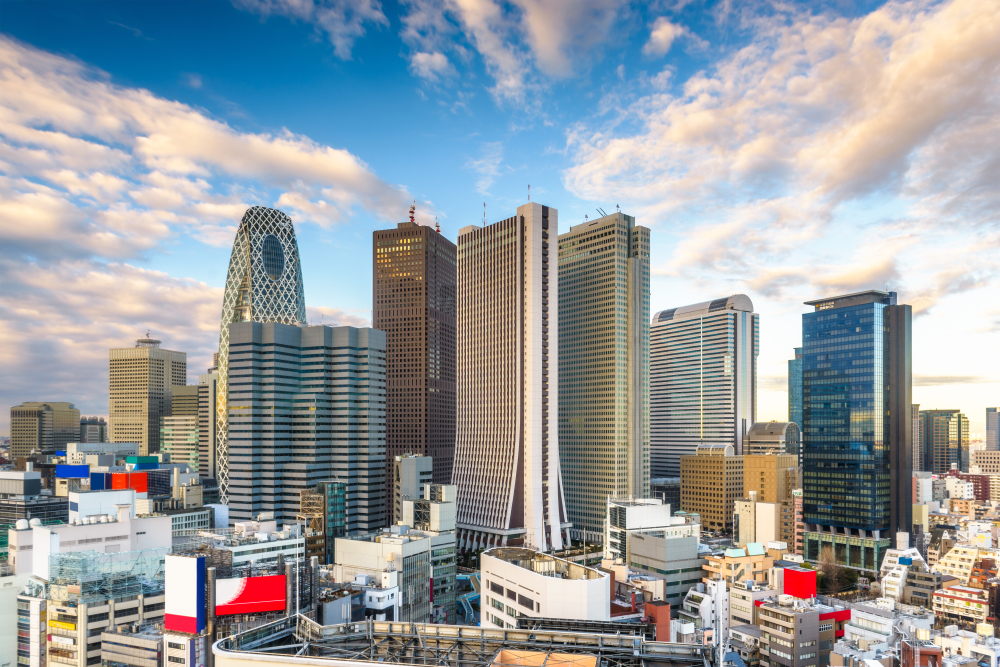
11. Shinjuku
You’ve most likely heard of the gigantic Godzilla in red-light Kabukicho, the rambunctious Golden Gai and the never-ending shopping streets. In Shinjuku, neon lights tell you where to drink, eat and sing. If you can steer yourself away from the karaoke stores, izakaya and nightlife for long enough, you may find peace and an impressive selection of flowers at Shinjuku Gyoen National Garden. Surprisingly, Shinjuku Station shares its bottom half with Shibuya, next up on our list.
What to see:
- Shinjuku Gyoen National Garden (also part of Shibuya)
- Kabukicho
- New National Theatre
- Golden Gai
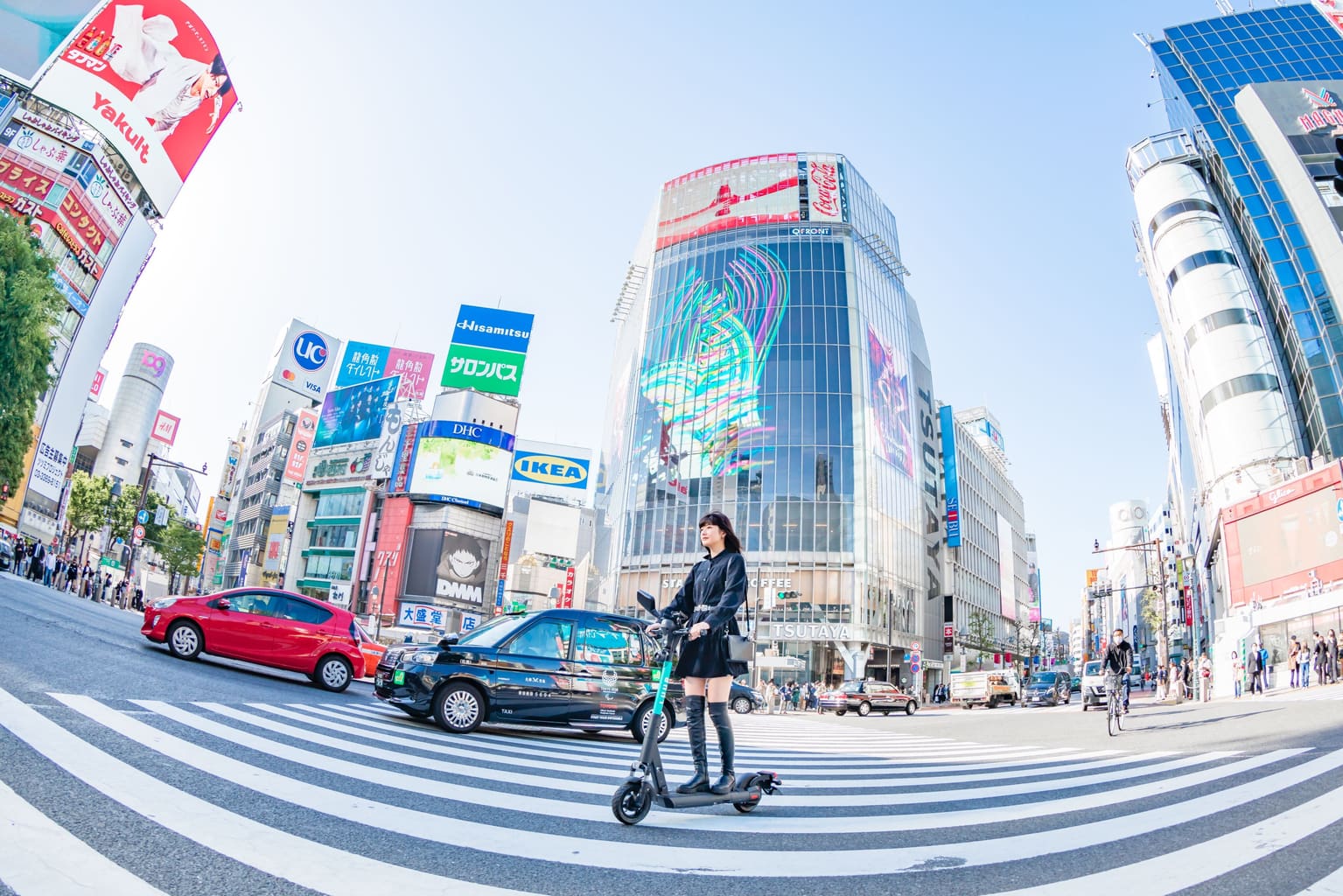
12. Shibuya
Shibuya is constantly evolving and changing: trends blossom, buildings pop up and there’s always an event or campaign to take advantage of. Mammoth shopping malls, like Shibuya 109, Miyashita Park and Shibuya Scramble will take care of your fashion proclivities. But there’s also a community ethos to Shibuya — just look at Yoyogi Park and Meiji Shrine. Many say Shibuya is for the young, but you’ll find plenty of ages on the streets.
What to see:
- Shibuya Sky Observation Deck
- Yoyogi Park
- Meiji Shrine
- Harajuku
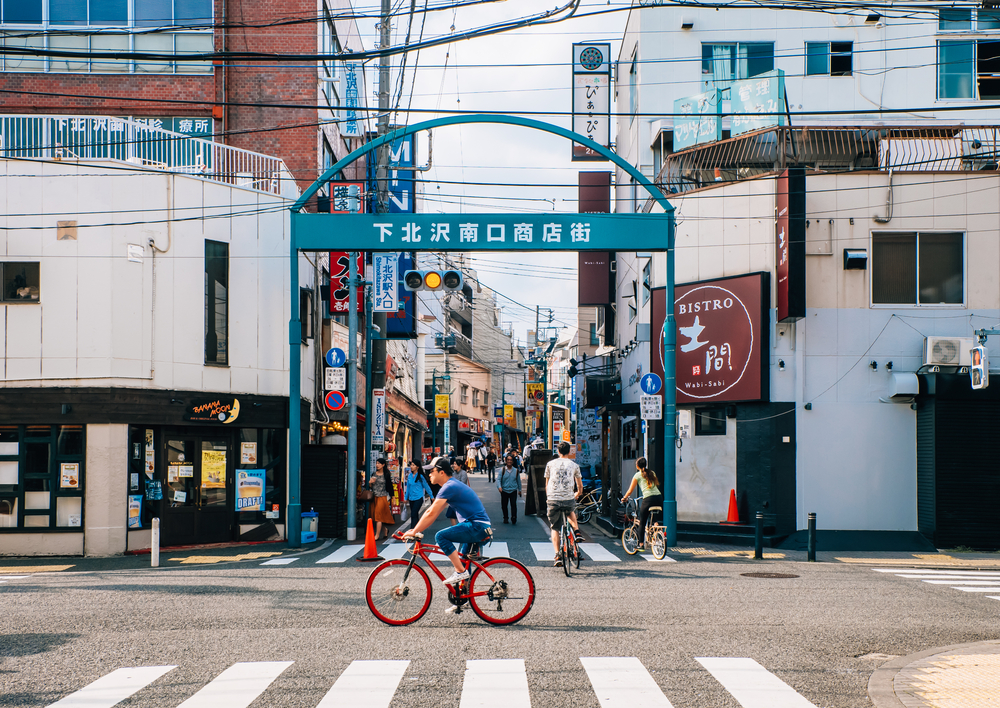
13. Setagaya
Setagaya is the most populated — and evidently, popular — ward in Tokyo, housing nearly one million residents. Many Tokyoites who work in the city settle down here with their families because of the easy access to the center. Setagaya’s Tama River is not only the border between Tokyo and Kanagawa Prefecture but also a recreation ground filled with activities. If you aren’t into the homey ambiance of Futako-Tamagawa, you can always go for the trendy, vintage-shop-lined streets of Shimokitazawa.
What to see:
- Futako-Tamagawa
- Shimokitazawa
- Gotoku-ji, the temple where the maneki neko (lucky cat) was said to be born.
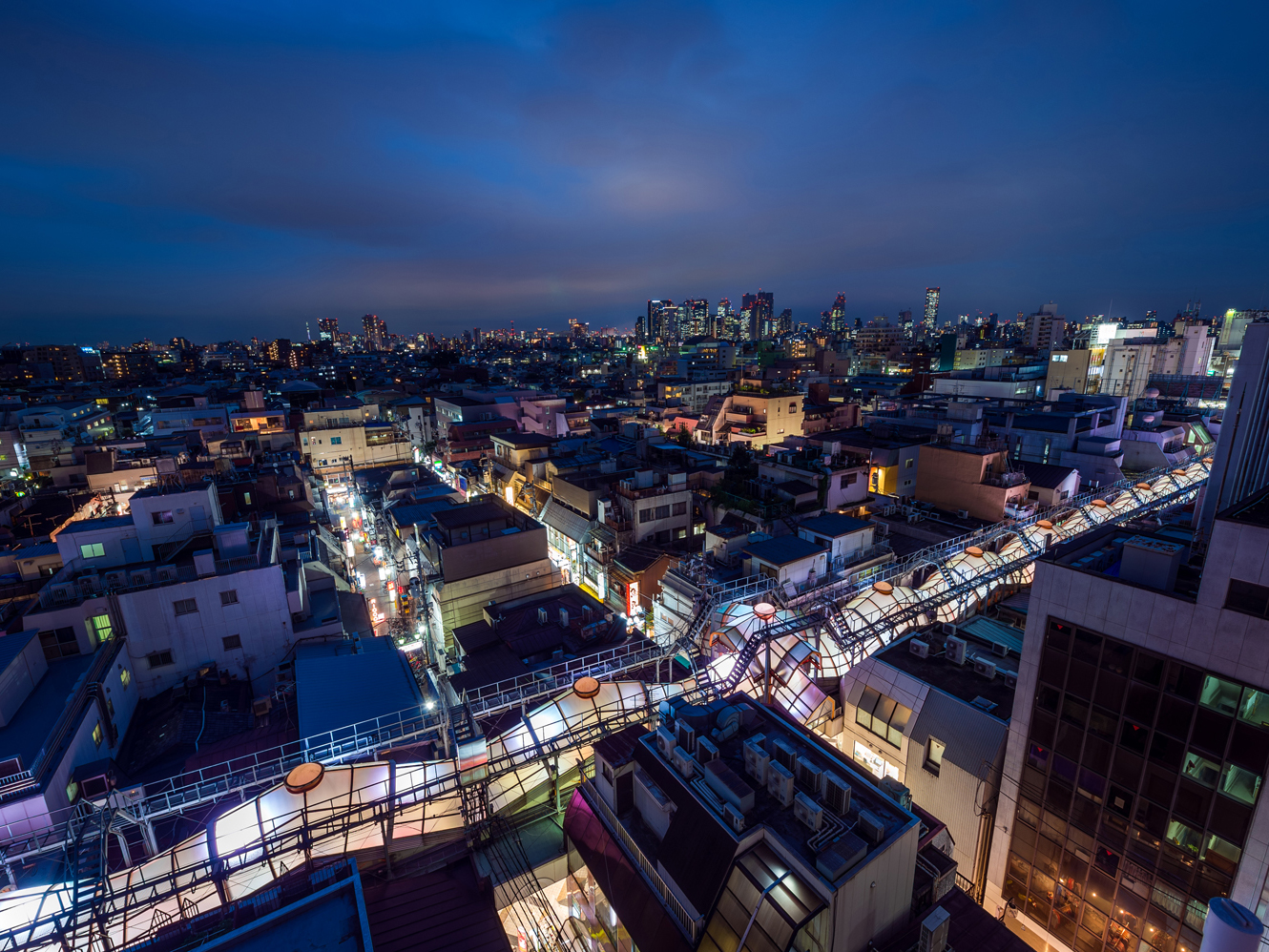
14. Nakano
As a haven for manga lovers, collectors and izakaya crawlers, it’s no wonder that Nakano is one of the most densely populated areas in Tokyo. It doesn’t have the tall skyscrapers of Shibuya, but it sure has charm. Nakano’s culinary scene is well-renowned throughout Tokyo: famous tsukemen, standing sushi bars and a kaleidoscope of international food. Further north, you’ll find a quiet suburban landscape with a number of humble neighborhood parks.
What to see:
- Nakano Sun Mall
- Nakano Broadway
- Nakano Central Park
- Tetsugakudo Park (Philosopher’s Park)

